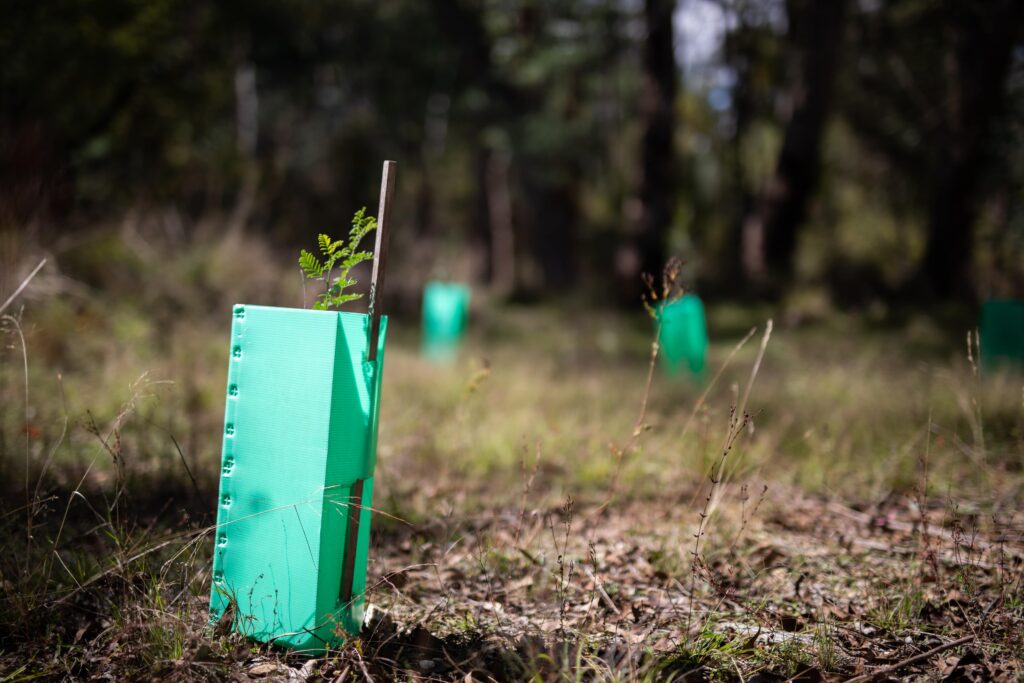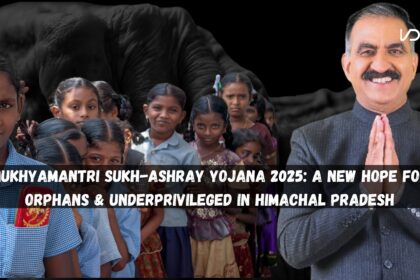Himachal Pradesh is famous for its stunning landscapes and dense, green forests. However, deforestation, climate change, and urbanization are among the threats that pose dangers to the region’s biodiversity. To combat these challenges, the Himachal Pradesh government has launched Himachal Pradesh Afforestation Schemes which focus on green cover restoration, soil conservation, and biodiversity improvement as measures to tackle these challenges. The current article will focus on the new afforestation projects in Himachal Pradesh for 2025, appealing to the people to join in and how they can participate in the preservation of forests.
Why Afforestation is Crucial in Himachal Pradesh
Key Benefits of Afforestation
- Prevents Soil Erosion – They save the place from landslides and keep the soil from erosion.
- Mitigates Climate Change – Forests absorb carbon dioxide, reducing global warming effects and improving climate conditions.
- Enhances Biodiversity – Provides Habitat for wildlife and medicinal plants.
- Improves Water Conservation – Forests help refill the groundwater and save the rivers.
Top Himachal Pradesh Afforestation Schemes 2025
1. Compensatory Afforestation Fund (CAMPA)
Objective: Reforest the land diverted for infrastructure projects.
Key Features:
- Planting of trees on degraded forest lands
- Watershed management to ensure proper recharge of aquifers
- Improvement of wildlife habitat
Tip: CAMPA uses the collected funds to plant native species that support local biodiversity.
2. Mid-Himalayan Watershed Development Project (MHWDP)
Objective: Bring back the live greenery and ensure effective watershed management.
Key Features:
- 220,000+ hectares of degraded areas are covered
- The land becomes more fertile and reduces landslides
- It provides jobs for the people living in the village.
3. Himachal Pradesh Green India Mission
Objective: Increase forest cover and upgrade ecosystem services.
Key Features:
- Aims at 2,500+ hectares of forest land.
- Highlights medicinal and fruit-bearing trees as the main plantation.
- Calls for the participation of local farmers in the tree plantation.

4. ‘Ek Buta Beti Ke Naam’ Scheme
Objective: Spread the message of community afforestation through participation.
Key Features:
- Parents plant a tree on their daughter’s birth.
- Raises the consciousness of green or environmental issues by citizens.
- A piece of the cake will be on the table for those that get themselves involved in such a noble cause.
Read more about Himachal Pradesh Solar Energy Schemes 2025: Subsidies & Benefits Explained
How to Participate in Afforestation Initiatives
Want to contribute to forest conservation in Himachal Pradesh? Here’s how:
Step-by-Step Guide to Getting Involved
1. Join Government Tree Plantation Drives – Participate in state-run afforestations campaigns.
2. Adopt a Forest Patch – Register with the Forest Department to take care of a specified green zone.
3. Encourage Agroforestry – Plant Fruit-bearning trees to enhance biodiversity and income.
4. Support Local NGOs – Work with environmental organizations related to afforestation projects.
5. Apply for Subsidies – The State Tree plantation grants are accessible for these projects under the eco-restoration programs.
Challenges in Afforestation & Solutions
Challenge: Keeping the tree planting activities out of the areas with existing high-density forest cover.
Solution: Search for the areas that had lost trees due to disasters or have minimal green cover. The green areas are given priority for repair by the Department of Forests.
Challenge: No funding for community-owned afforestation projects.
Solution: Approach the private companies that are involved in the social initiatives. The companies should give a part of the profit to the project the community selected.
Challenge: A low percentage of trees planted die after a while.
Solution: Use Drip irrigation and organic fertilizers to improve tree survival.
One of the critical roles of the 2025 afforestation projects organized by the government of Himachal Pradesh is to help with the recovery of the damaged land, encourage the natural flora and instead of creating a favorable environment for the plants and animals, make it unfavorable for them. This will eventually slow the climate change process down. The state can acheive its green goals only if it is supported by the active participation of government, communities, and individuals.









